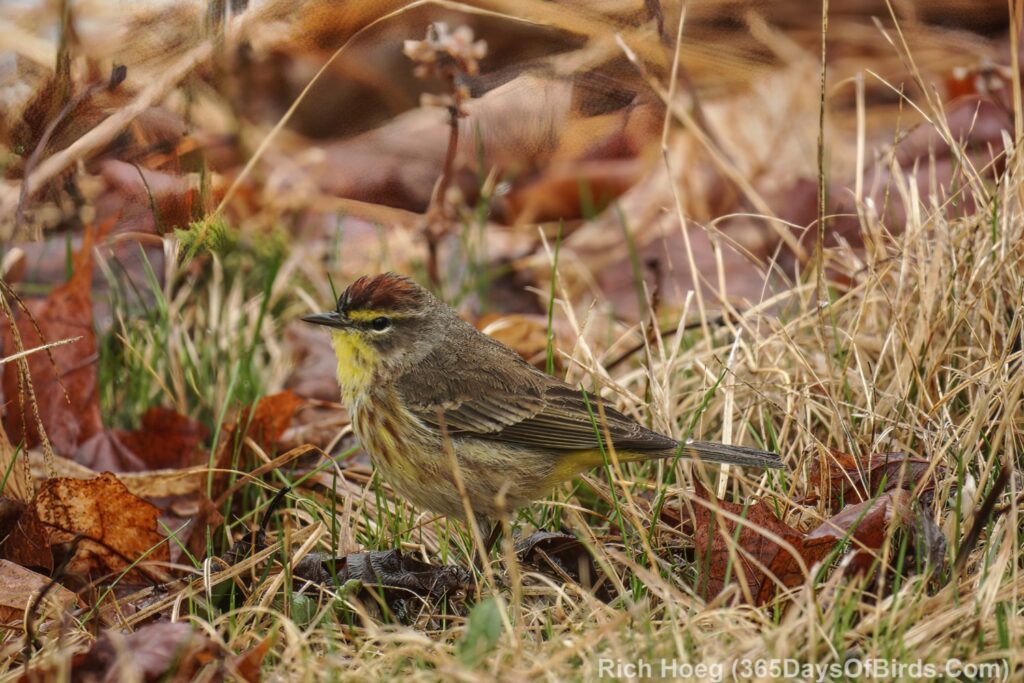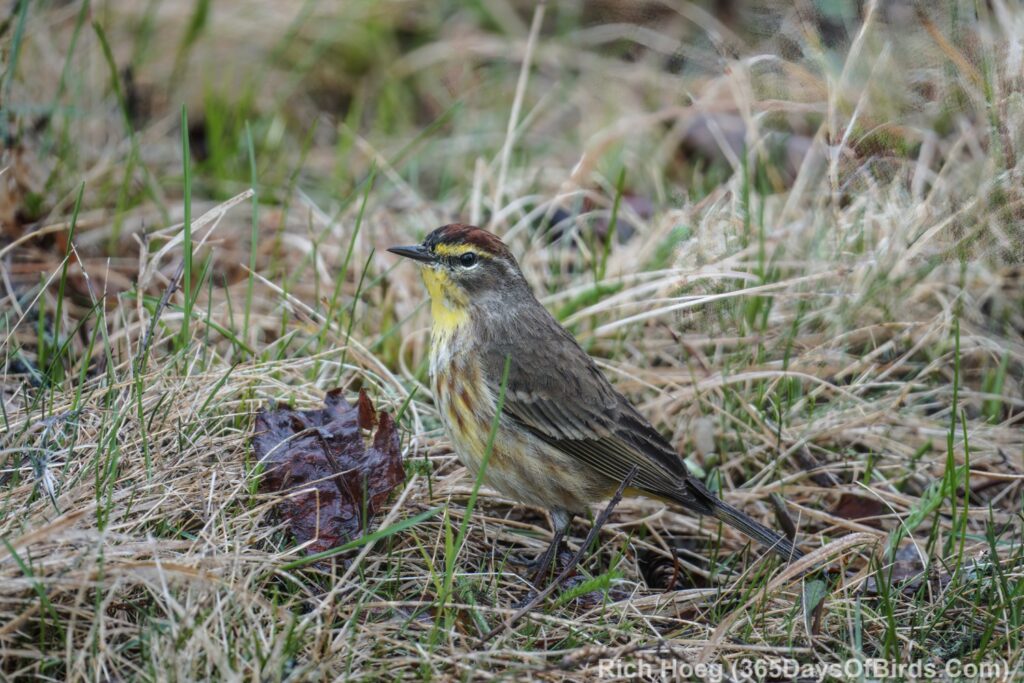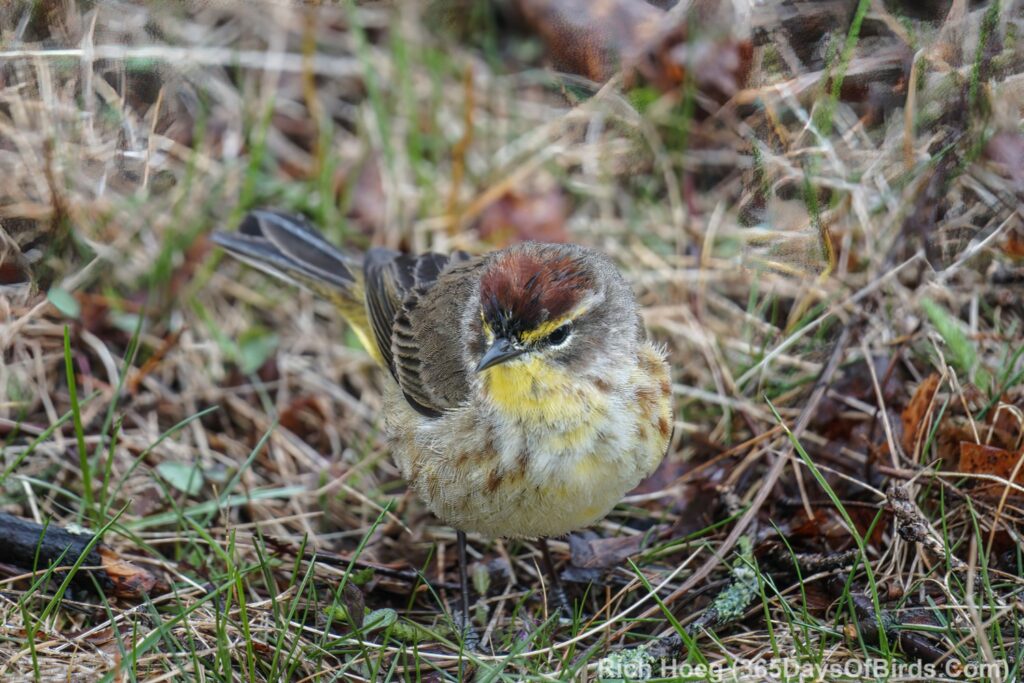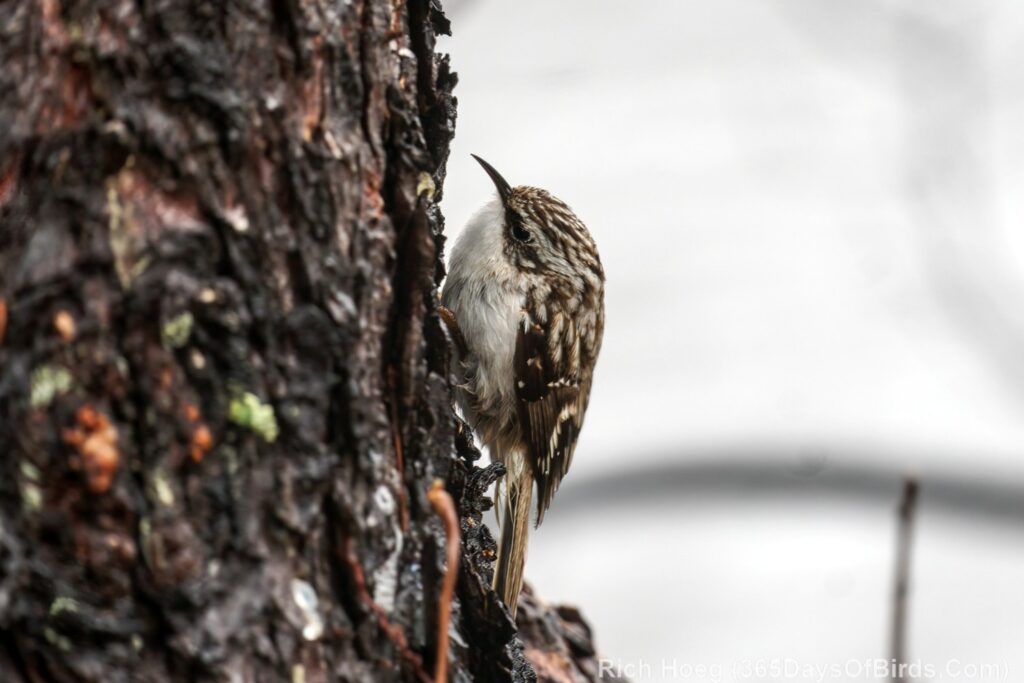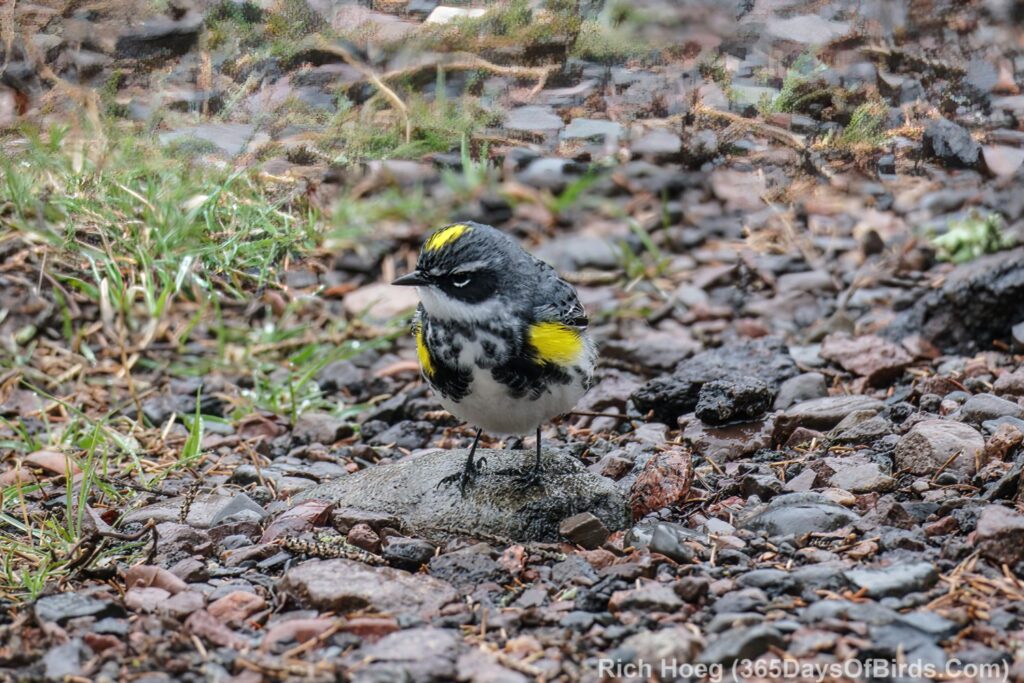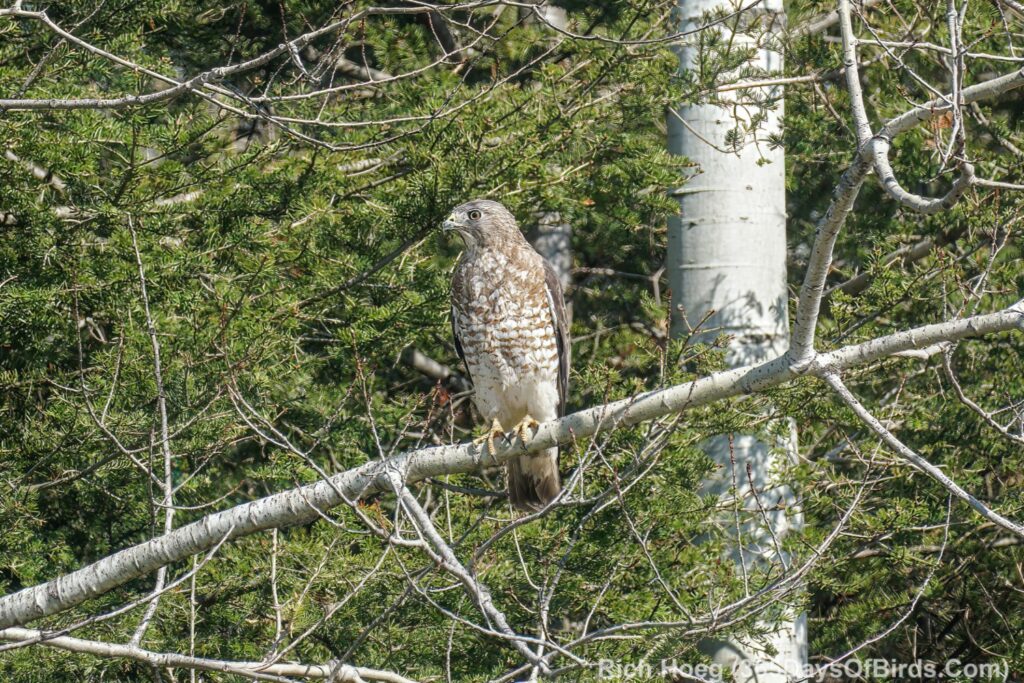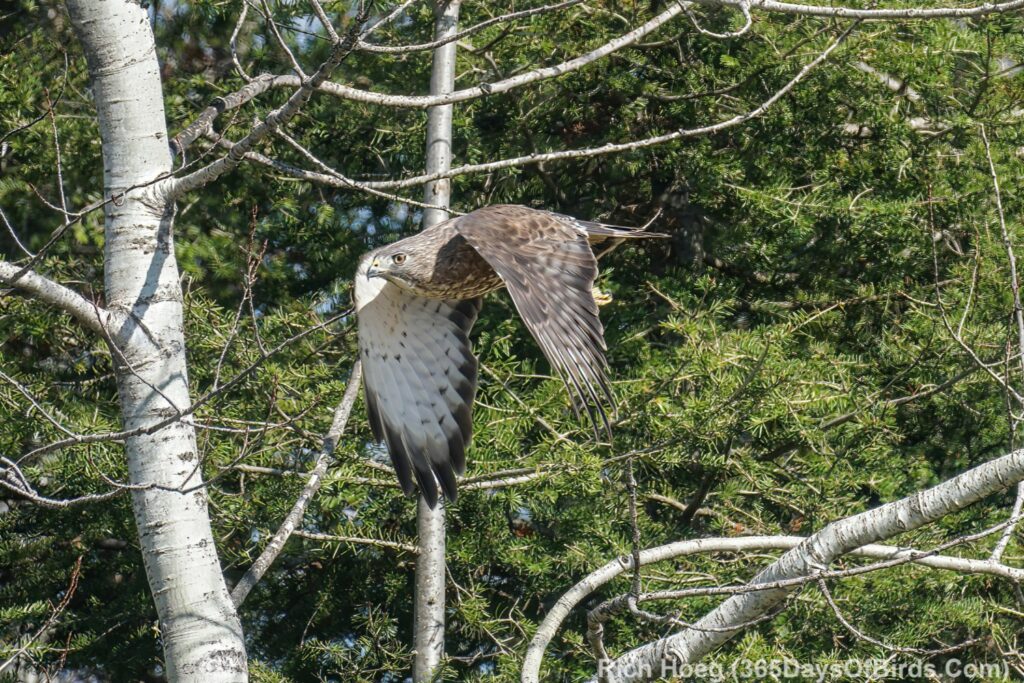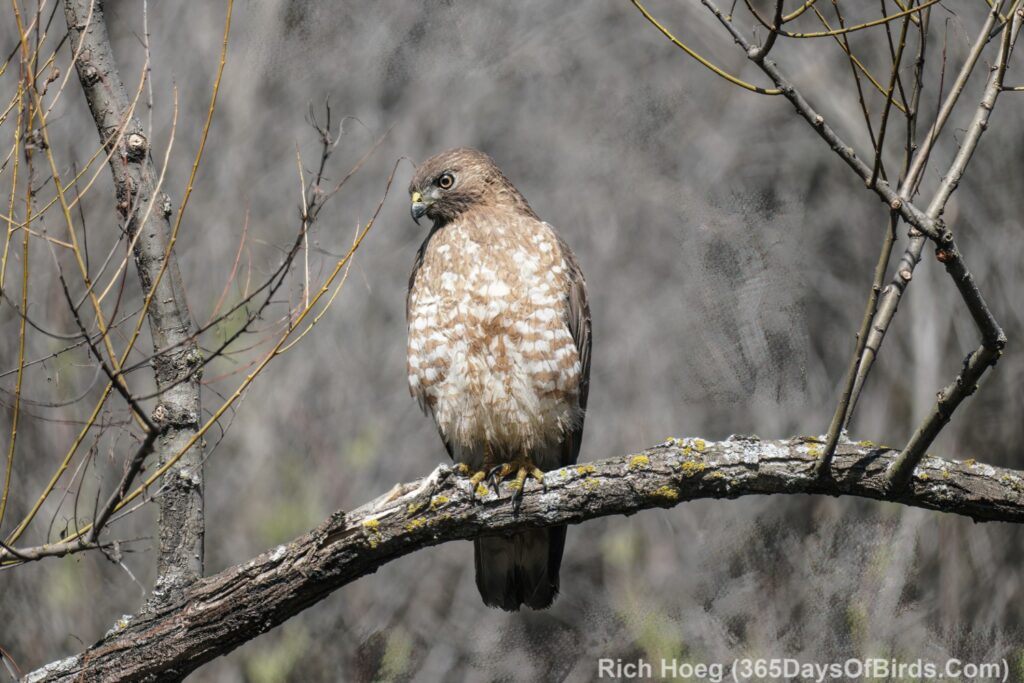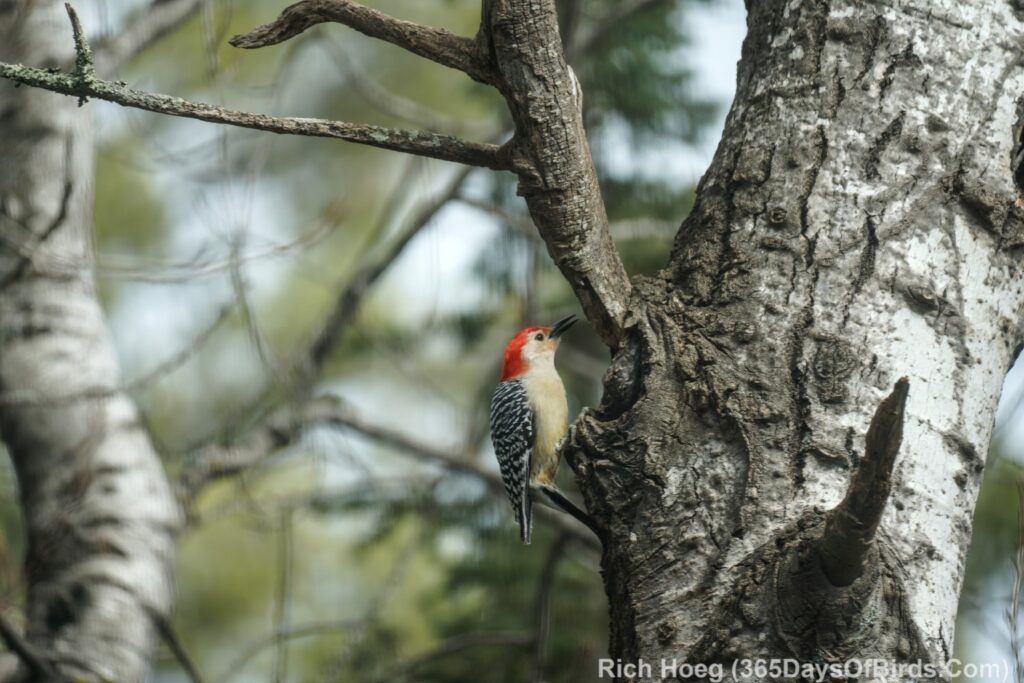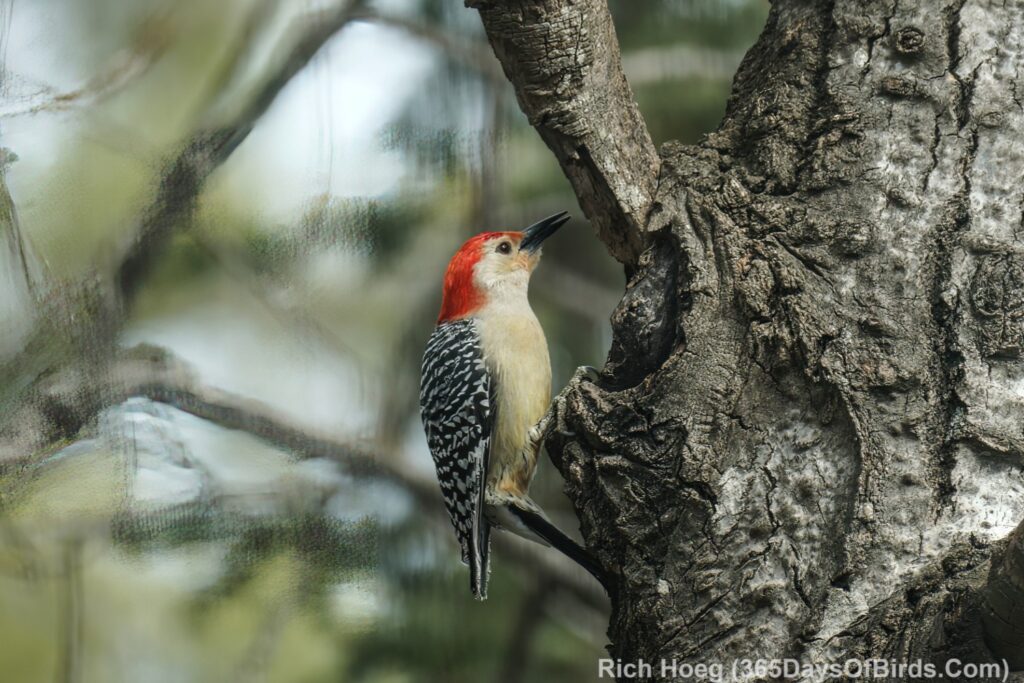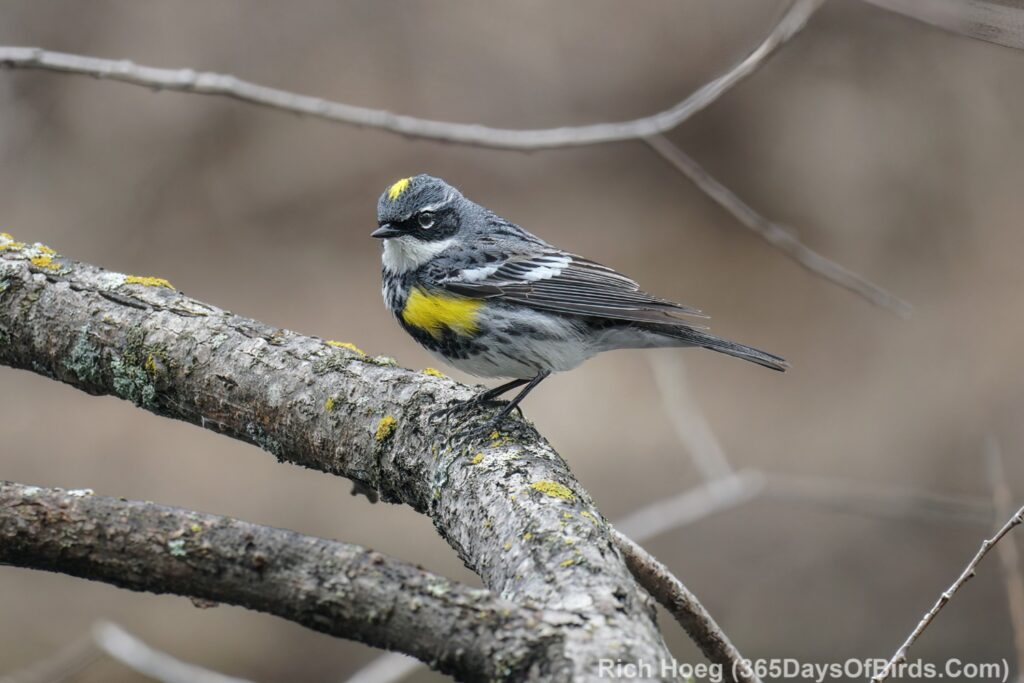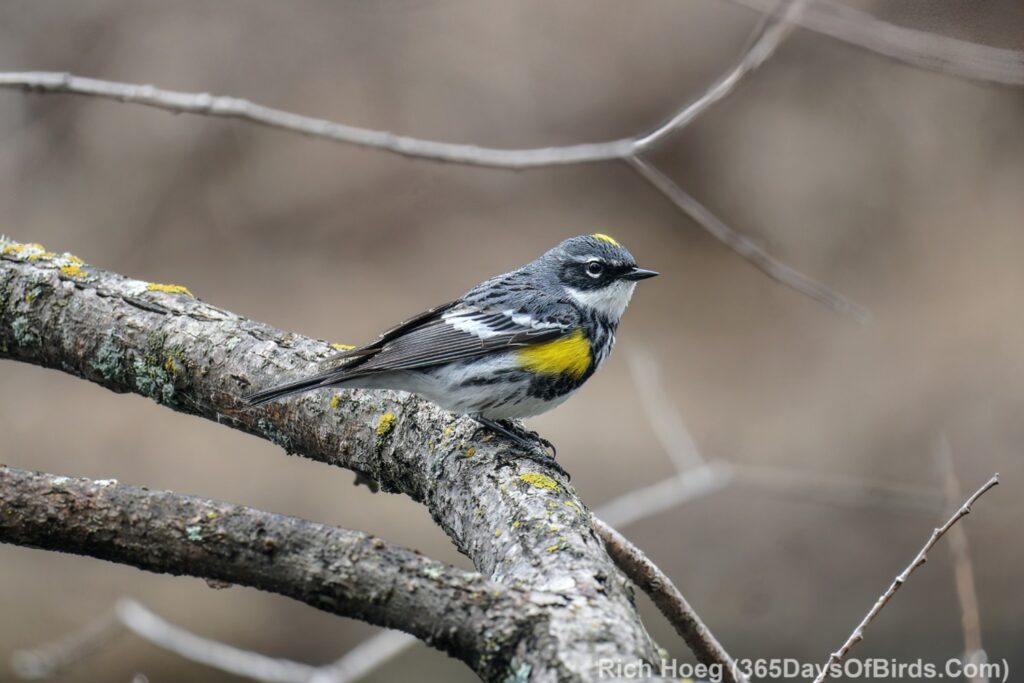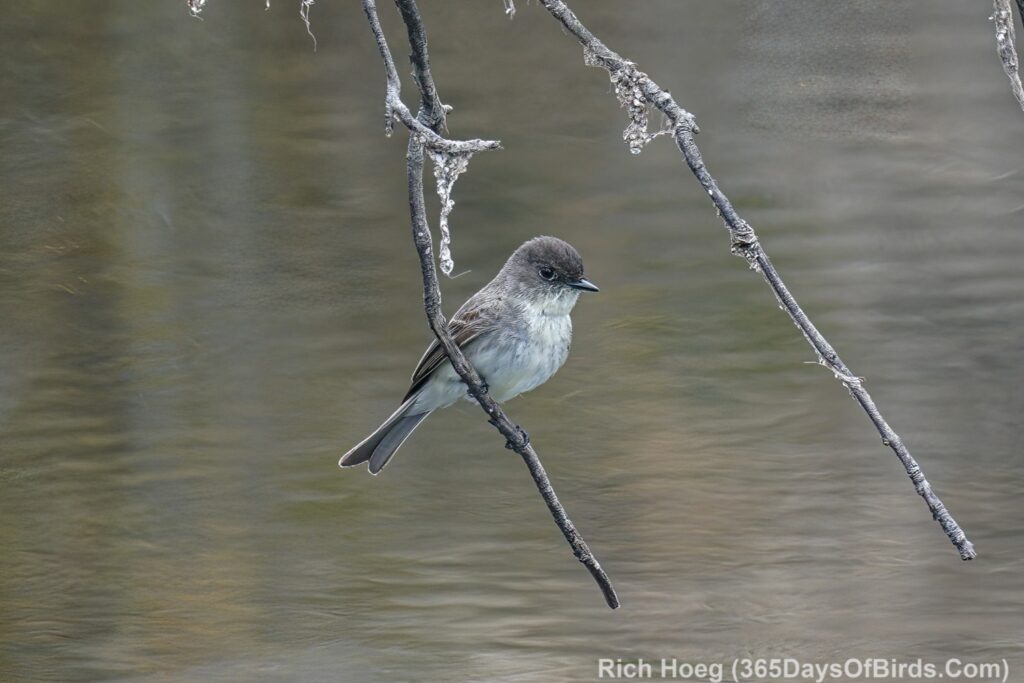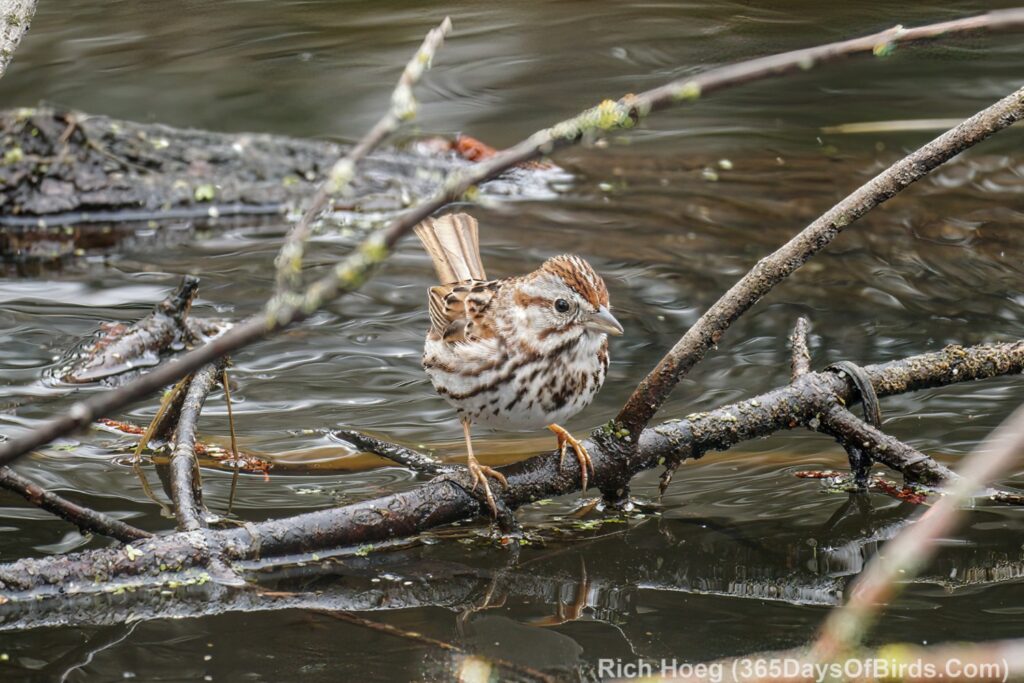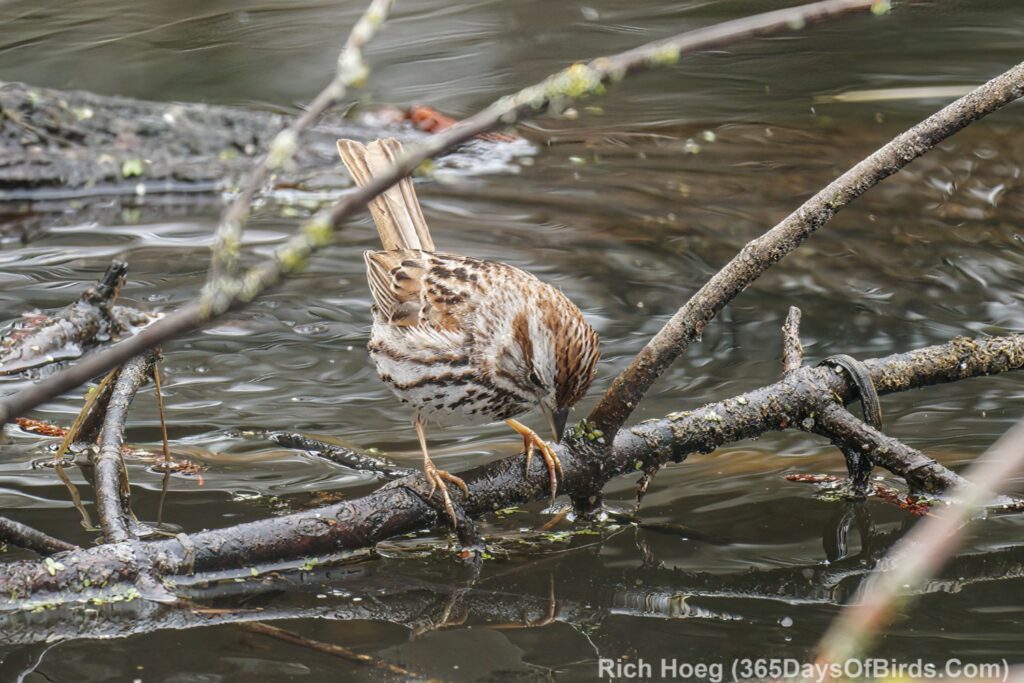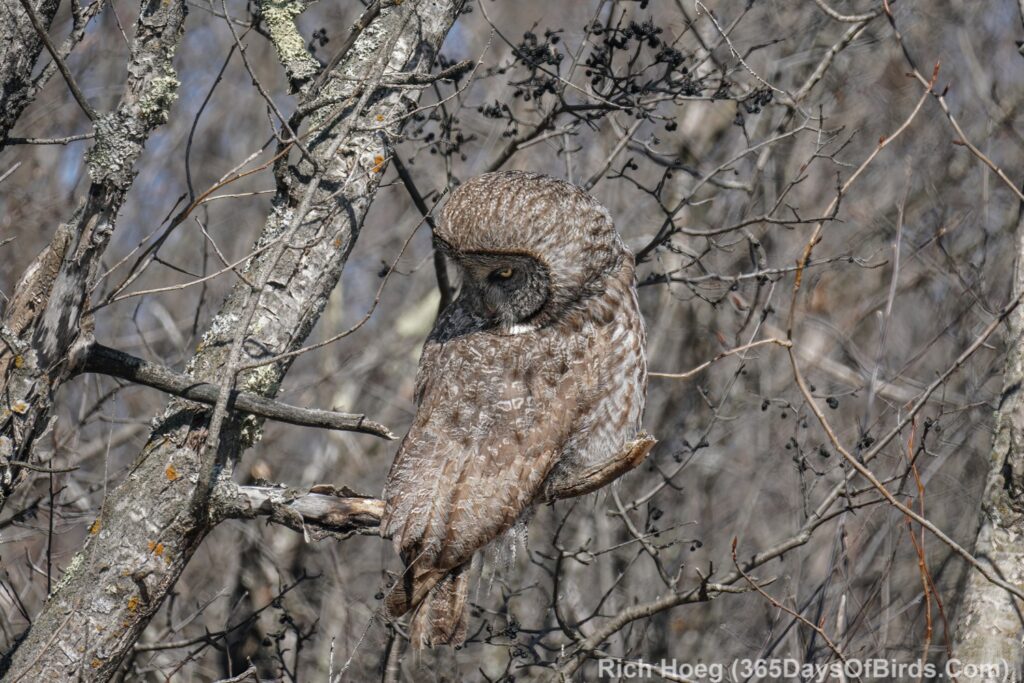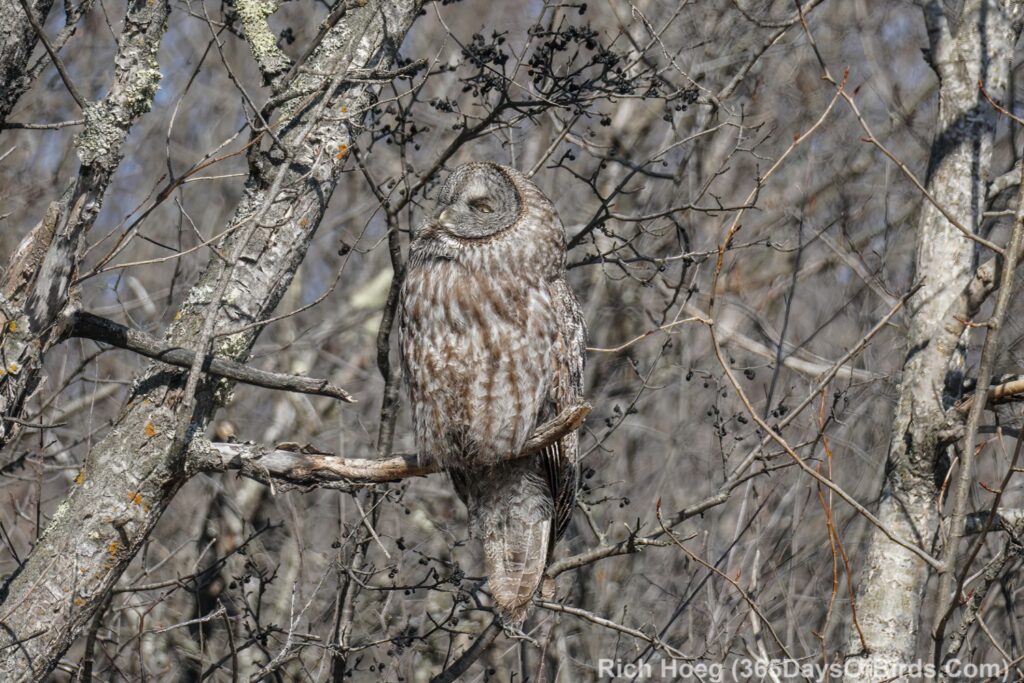The birds are migrating! The birds are migrating!
A few days ago I had a most excellent time in the rain at Forest Hill Cemetery. During migration damp and foggy conditions will often bring warblers down to the ground (rather than high up in the trees). Such was the case in the drizzle, but with calm winds. The warblers still congregated at the north end of the first pond at the cemetery. This area was the most protected, and for over a half hour I had Yellow-Rumped and Palm Warblers within just a few feet of me. It was fun.
A few birds from that fun time in the rain …
Palm Warblers
Brown Creeper
Yellow-Rumped Warbler
Once the weather cleared over the past three days I have seen an amazing number of Broad-Winged Hawks. These smaller hawks set up on the side of the roads and hunt for both songbirds and small mammals. This morning it seemed like these raptors were wherever I looked on Lake County Two between Two Harbors and my Greenwood Feeders.
Broad-Winged Hawks a Hunting!
Finally I apologize for the falloff in terms of post frequency. Some of you know that I am re-battling Prostate Cancer. Tomorrow will be my 20th radiation treatment (out of 40 planned). Thankfully the prognosis is excellent, but the treatments and medication tires me out. Essentia Health was very cooperative in terms of scheduling my appointments in the early afternoon. They understand part of the treatment/healing process is to continue doing the things a person loves … for me birding. Thus, a typical days sees me head out for the boreal forest around 6:45 am, and get back late morning … then on to my daily radiation treatment. Unfortunately I have experienced some radiation side effects which my medical team has helped me battle through. However, by later in the afternoon I tend to be tired and thus blogging frequency has suffered. Sorry.
